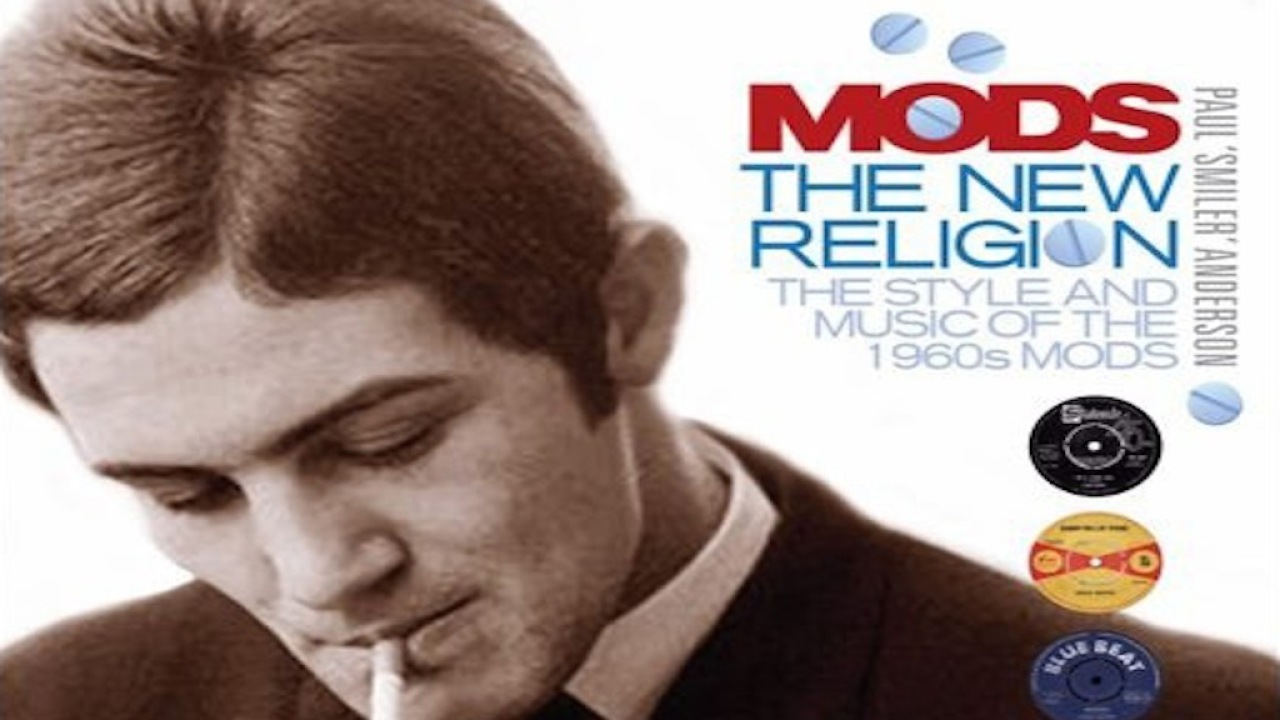“Not another book on Mods?!” you cry. Since Britpop especially, the 60s youth cult has been subject to cultural forensics of the type never afforded to the rockers. Yet somehow the original voices have gone unheard, lost in a fug of nostalgia and the babble of Wellabee talking heads and Jurassic parkas wheeled out for TV docs.
Author Paul Anderson set out to put this right by tracking down faces in the Ready Steady Go! crowds from all over the UK, plus influential London scenesters (notably DJ Jeff Dexter and rock’n’roll boutique owner Lloyd Johnson), to compile what is the most authentic account yet of what it was all about.
The gear, the sounds and the places to be seen, described with pin-sharp attention to detail, are brought to life with personal photos and stacks of evocative club flyers, record labels and magazine covers. The book’s interview format is based on Jonathon Green’s Days In The Life and set out by subject (Riots and Rockers, Purple Pill Eater etc) rather than chronology.
Virtually every page throws up a revealing anecdote – the newly signed and still scruffy Beatles scaring the life out of Jeff Dexter’s shirtmaker; Brian Jones getting thumped in The Scene club; Eric Burdon’s postcard from Japan, sent to Zoot Money c/o the Flamingo club in Wardour Street. Not to mention startling revelations, such as “There were no Jewish Teds”.
There’s a killer chapter on the early days of the British blues scene, new interviews with Small Face Ian McLagan, Pretty Thing Phil May, Tom McGuinness of Manfred Mann and many more, some of whom never made it beyond the Ricky Tick club circuit but have great fly-on- the-dressing-room-wall stories about those who did, such as Eric Clapton. There’s insight into the early days of The Who, the Stones and The Yardbirds, with lesser-seen images of a banjo-wielding beatnik Rod Stewart, and a pre-fame David Bowie go-karting at Brands Hatch.
It ends on a pleasingly circular note with former ace face Marc Bolan introducing The Jam, in all their skinny- tied, sharp-suited, spiky haired glory, on his TV show in 1977.
Given the survivors of the ‘live now, pay later’ 60s, the musicians still around to tell their tales (or willing to be interviewed for a non-starry, street-level project), you can bet your hi-heeled sneakers that no one could have written a better book about Mods than this.

